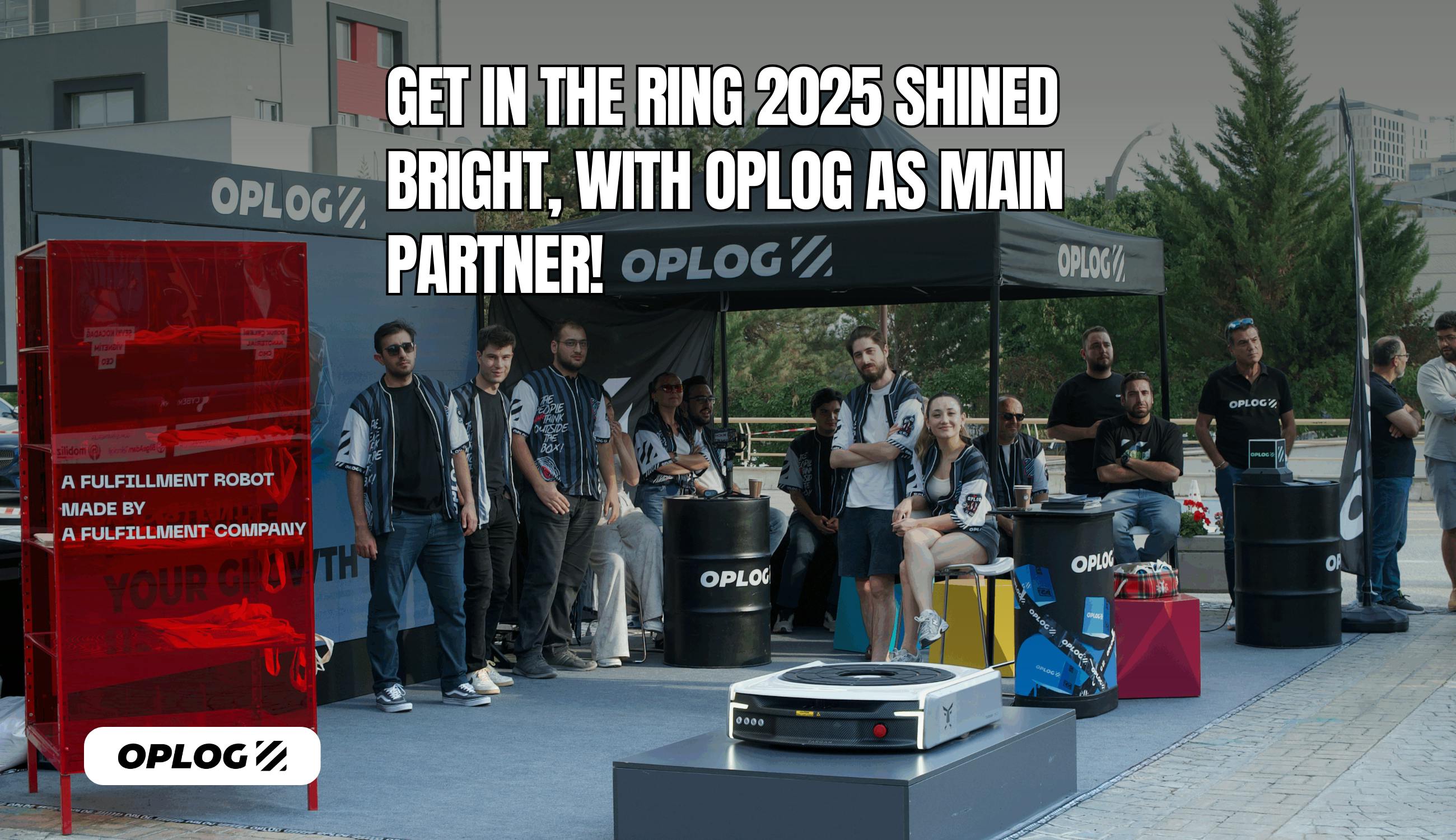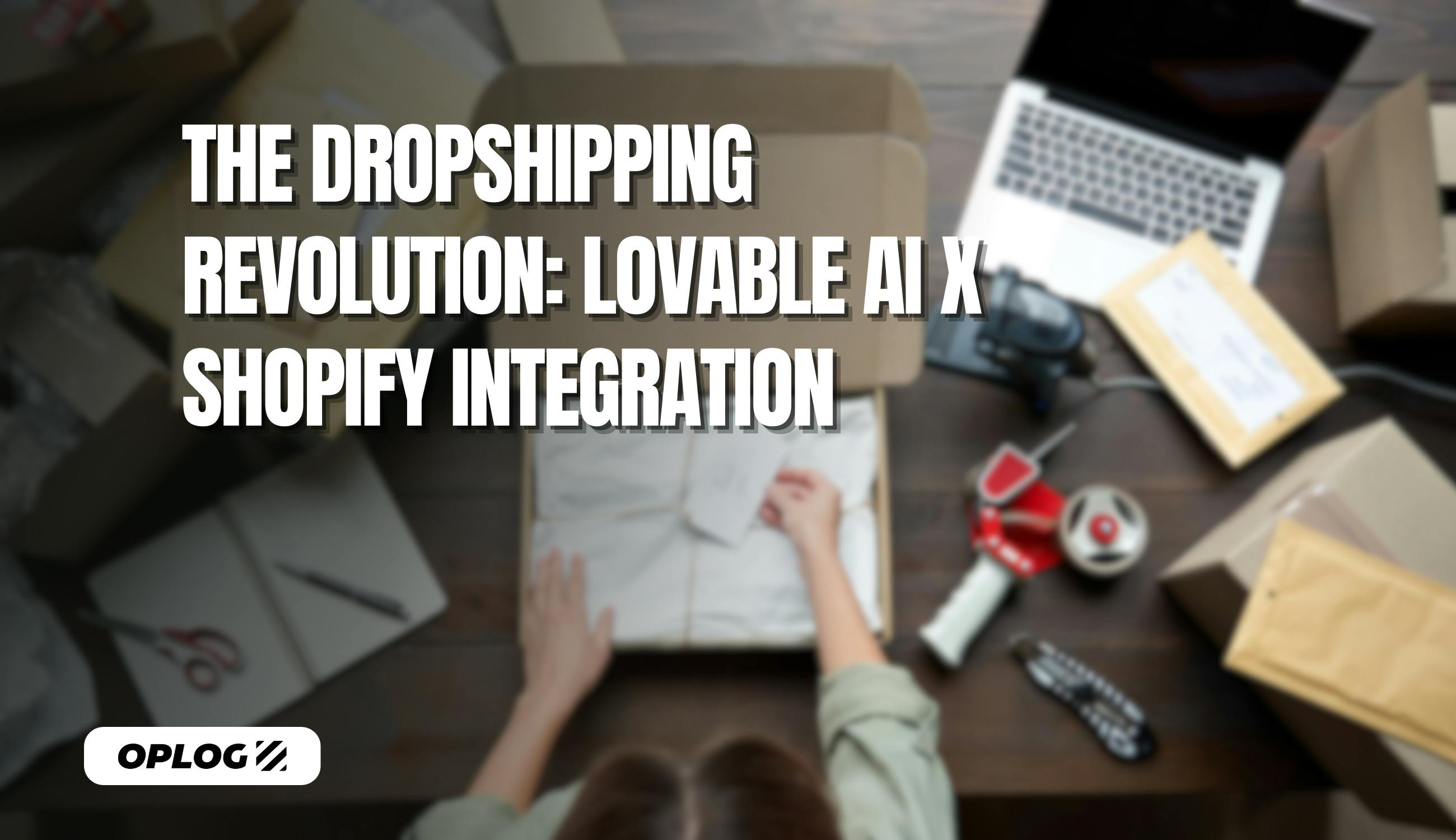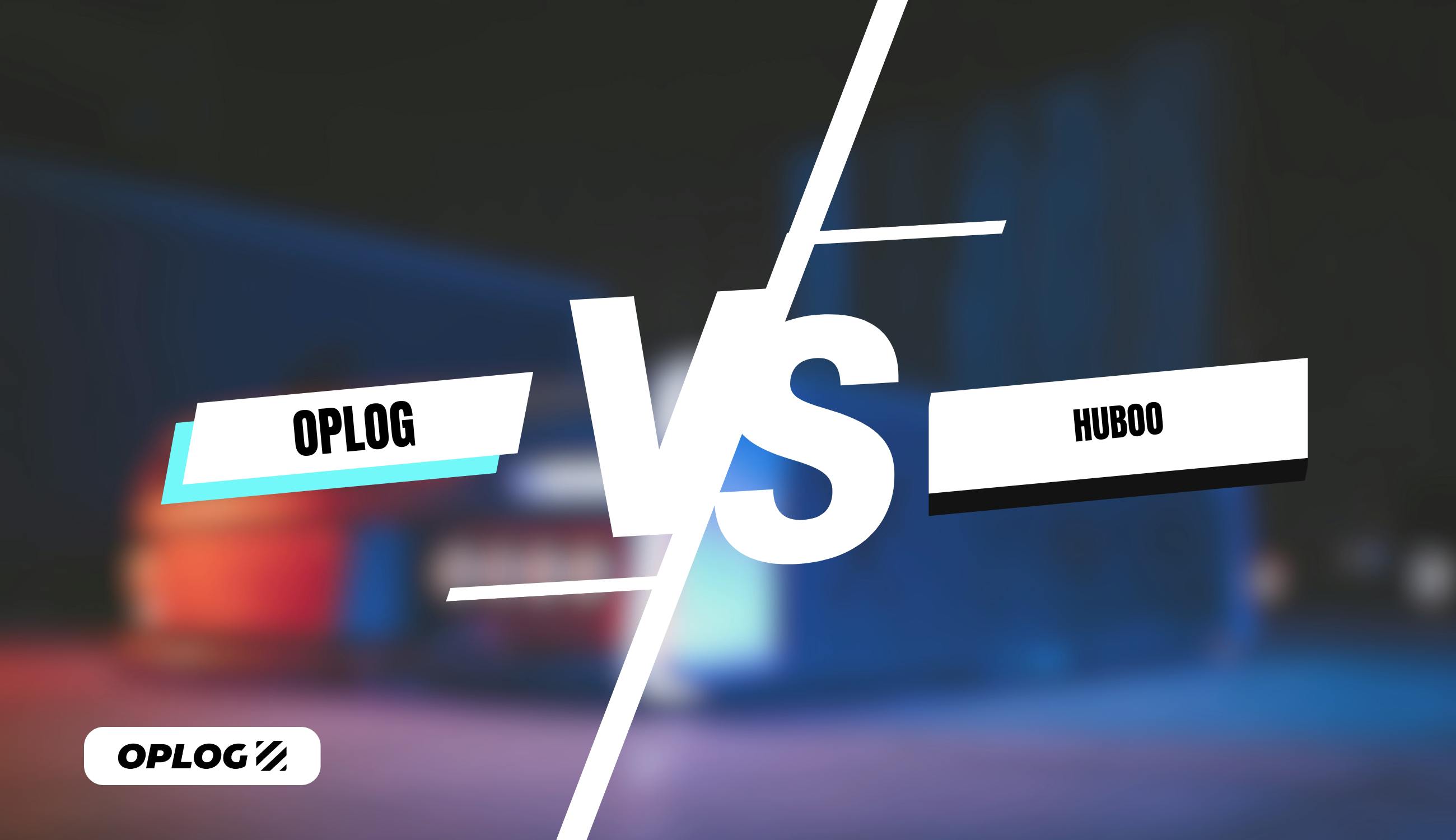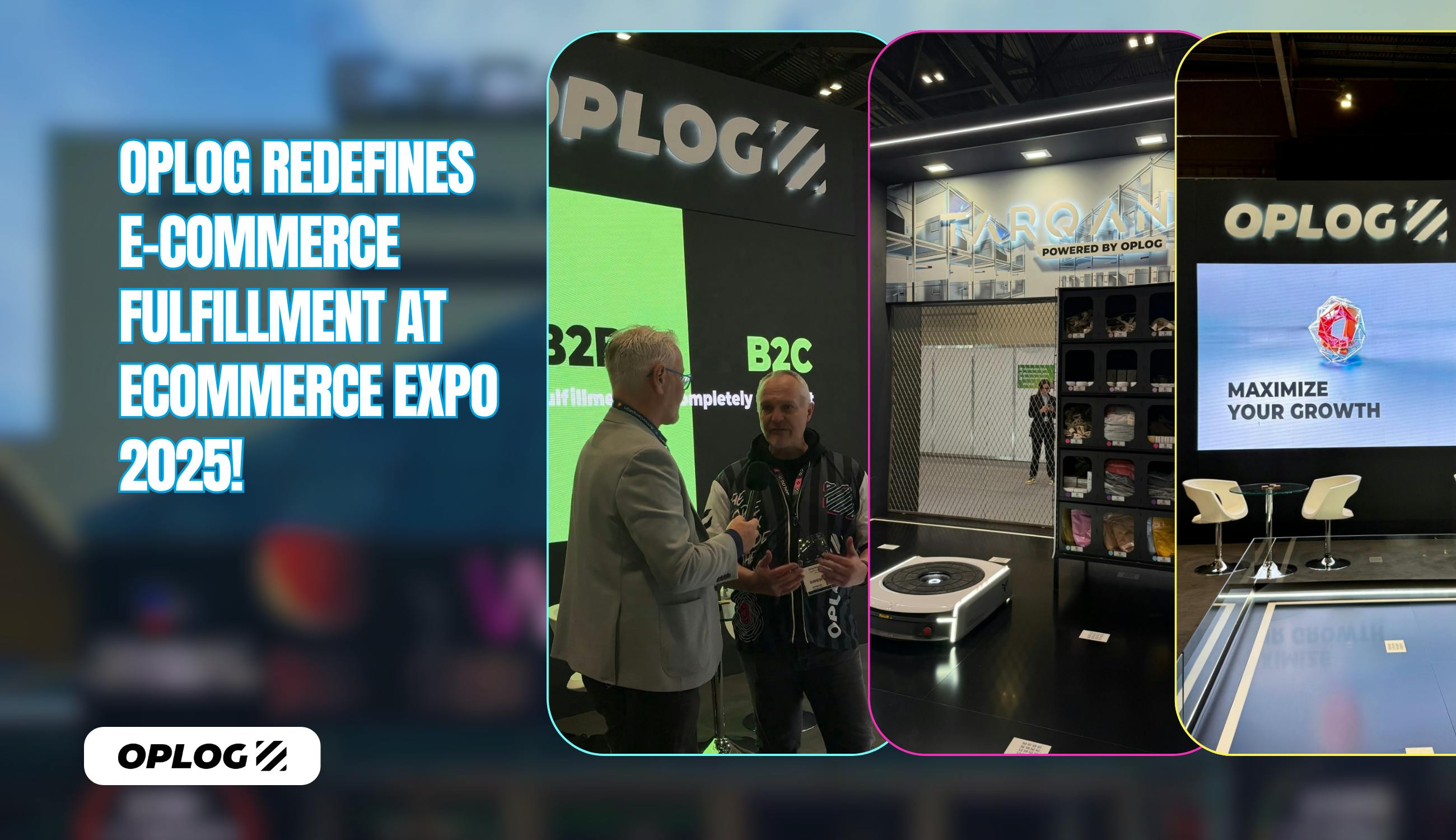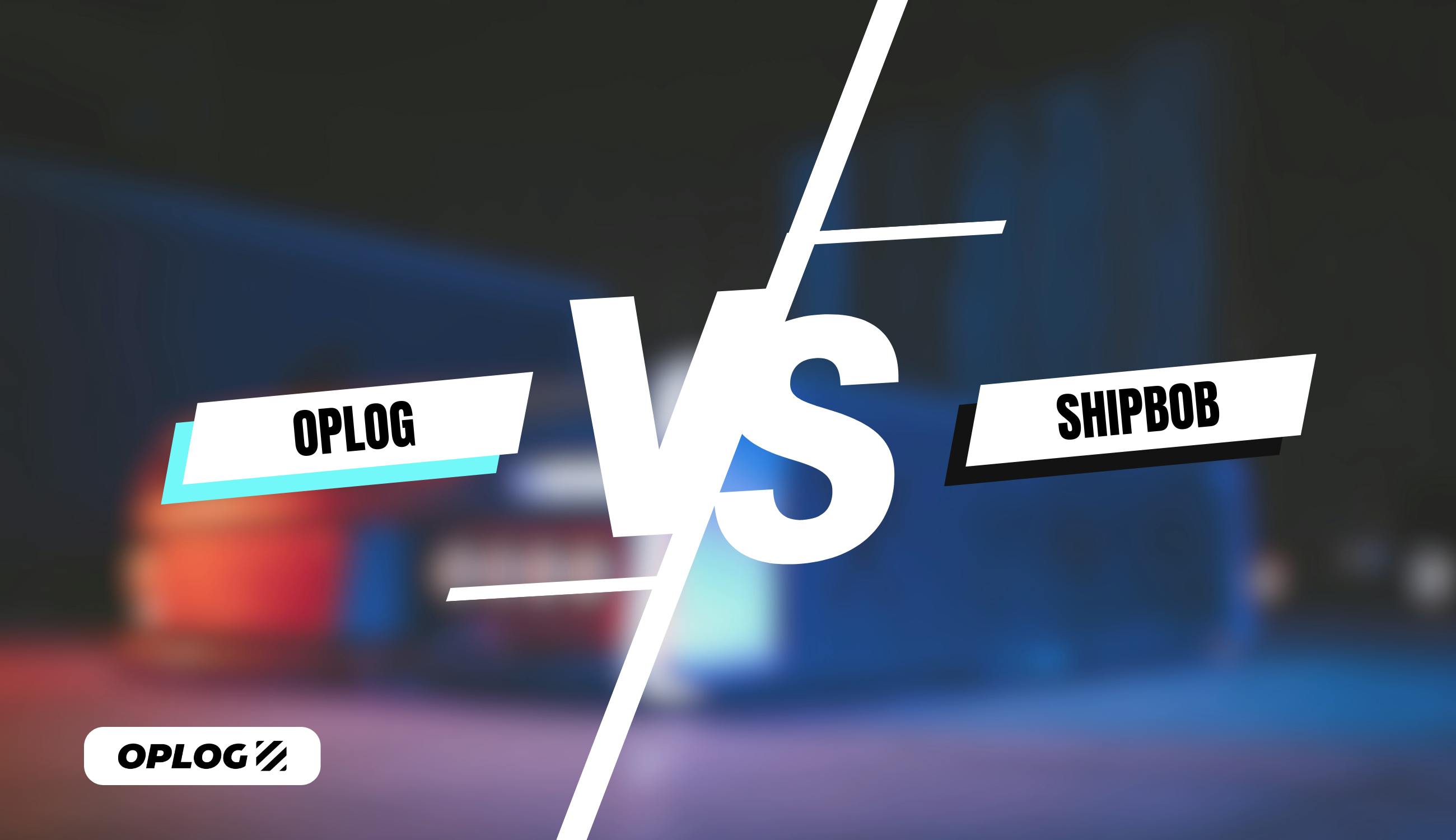AI in Fulfillment: Your Path to Smarter E-commerce Operations
In the bustling world of e-commerce, where every second counts and every error costs, artificial intelligence isn't just a buzzword—it's becoming the backbone of successful fulfillment operations. Recent data from Statista shows that the number of UK warehouses investing in automation is increasing year by year, marking a significant shift in how we handle e-commerce fulfillment. Following shows the size of the warehouse automation market in the United Kingdom from 2020 to 2025:
From Chaos to Control: The AI Revolution in Warehouses
Remember the days when warehouse management was full of labour-intensive and time-consuming tasks? Those days are rapidly becoming history. The UK e-commerce market demands more than human capability alone can offer, and traditional solutions are struggling to keep up with rising consumer expectations for speed, accuracy, and personalization.
Modern fulfillment operations are embracing AI solutions that transform chaotic warehouses into symphonies of efficiency. At OPLOG, this transformation is evident through the OPLOG ONE software, which seamlessly integrates AI capabilities across every touchpoint of the fulfillment journey.
Time is Money, But Accuracy is Everything: Smart Picking Systems
When it comes to warehouse operations, being fast isn't enough—you need to be fast and accurate. Inaccurate order picking not only frustrates customers but also increases returns, costs, and reputational damage for businesses. AI systems solve this challenge by optimizing the picking process through intelligent algorithms, real-time data analysis, and robotic precision.
This is where AI-powered robotics enters the scene. OPLOG's TARQAN achieves 99.99% picking accuracy while operating 400% faster than manual processes. But it's not just about speed—it's about transformation. By eliminating human errors and reducing the time spent walking across expansive warehouses, TARQAN enhances operational efficiency while ensuring consistency in every order picked.
Furthermore, the robot seamlessly integrates with warehouse management systems, using machine learning to adapt to changing inventory layouts and demand fluctuations. This flexibility not only maximizes productivity but also empowers businesses to scale effortlessly, meeting peak-season demands without compromising quality. In this AI-driven ecosystem, smart picking isn't just a process—it's a competitive edge.
Predict the Unpredictable: AI-Driven Inventory Management
One of the biggest headaches in e-commerce fulfillment? Stock levels. Too much inventory ties up capital; too little loses sales. AI's predictive analytics capabilities are changing this game entirely.
Modern warehouse management systems use machine learning algorithms to:
- Analyze historical data patterns
- Consider seasonal fluctuations
- Account for market trends
- Predict future demand with remarkable accuracy
These systems also factor in external influences, such as economic shifts, promotional campaigns, and even weather conditions, to fine-tune inventory strategies. The result? Businesses maintain optimal stock levels, reduce waste, and minimize the risks of overstocking or stockouts.
Moreover, AI enhances inventory tracking in real time, allowing businesses to monitor stock movement across multiple warehouses and sales channels. Consider this inventory screen from OPLOG ONE:

With this level of visibility, decision-makers can adjust procurement plans proactively, ensuring a seamless supply chain that aligns with customer expectations. In the fast-paced world of e-commerce, AI-driven inventory management is the key to staying competitive and cost-efficient.
Delivery Experience: The Last Mile Revolution
The final piece of the fulfillment puzzle is delivery. In an era where next-day delivery is becoming the norm rather than a luxury, AI is transforming how we approach the last mile.
Modern fulfillment providers use a Transportation Management System, using intelligent algorithms to match each order with the ideal courier partner based on package characteristics, delivery location, and carrier performance history. This ensures not only faster deliveries but also cost efficiency for businesses.
But AI does not stop here. Some fulfillment centers use an algorithm to enhance transparency and allow businesses to resolve potential issues before they escalate. OPLOG has a Delivery Alarm System, for instance, proactively monitoring deliveries and alerting carriers when shipments exceed average delivery times.
All For One: The Integration Symphony
The true magic happens when all these AI systems work in harmony. Modern fulfillment isn't about isolated solutions—it's about creating a seamless ecosystem where data flows freely between systems. This integration enables:
- Real-time inventory updates across all sales channels
- Automated reordering based on predictive analytics
- Synchronized communication between warehouse robots and management systems
- Proactive customer communications about order status
Together, these interconnected AI systems transform fulfillment operations into a unified, intelligent network. This synergy streamlines processes and enhances accuracy, agility, and customer satisfaction at every step.
Your AI Journey Starts Here: Implementation Guide
Implementing AI in fulfillment operations does not mean you will blindly adopt the latest technology—it means you should make strategic decisions that align with your business goals. Think of it as building a house: you need a solid foundation before installing smart home systems. The same principle applies to AI implementation in fulfillment operations. Businesses that successfully integrate AI typically follow a structured approach, focusing on foundational elements before advancing to more sophisticated solutions.
1. Know Your Numbers Before You Know AI
Understanding your current operations is crucial before implementing any AI solution. Begin by analyzing your:
- Current order processing times across different product categories
- Peak period performance metrics
- Customer satisfaction rates and common complaints
- Warehouse space utilization patterns
- Labor costs and efficiency rates
This data becomes your baseline for measuring AI implementation success and identifying priority areas for automation.
2. Walk Before You Run with Robots
The path to AI implementation isn't a sprint—it's a strategic marathon. Start with foundational systems that can be built upon. For instance, begin with basic inventory management before advancing to complex robotics systems.
This approach allows your team to:
- Adapt to new workflows gradually
- Build confidence in AI systems
- Identify and address integration challenges early
- Develop internal expertise
3. Connect the Dots: Integration is Key
Modern fulfillment operations require seamless communication between different systems. Your AI implementation should focus on creating a connected ecosystem rather than isolated solutions. This might mean starting with a comprehensive platform that can integrate with your existing systems while providing room for future expansion.
4. Measure Twice, Automate Once
Implementation success relies heavily on proper monitoring and adjustment. Establish clear KPIs and regularly review performance metrics. This isn't just about tracking numbers—it's about understanding the story behind them and making informed adjustments to your AI implementation strategy.
Future-Proofing Your Fulfillment: What's Next?
The landscape of AI-powered fulfillment is rapidly evolving, with significant growth anticipated in the coming years. A 2022 government report published by the UK Office for National Statistics estimated that 15% of all UK businesses had integrated at least one AI technology into their operations, with an additional 10% planning to adopt AI in the future.
Emerging Technologies
The next wave of fulfillment innovation is already taking shape. Quantum computing promises to make current AI systems look like pocket calculators, potentially revolutionizing route optimization and inventory forecasting. Digital twins—virtual replicas of physical warehouses—are becoming more sophisticated, allowing for real-time simulation and optimization of warehouse operations.
Sustainability Meets AI
Environmental consciousness isn't just a trend anymore—it's becoming a business imperative. Future AI systems will increasingly focus on optimizing not just for speed and cost, but also for environmental impact. This includes:
- Smart packaging solutions that minimize waste
- Energy-efficient robotics systems
- Carbon-footprint-optimized delivery routing
- Sustainable inventory management practices
The Human Element
As AI continues to evolve, the role of warehouse workers will transform rather than disappear. Recent studies predict that while most of current warehouse tasks will be automated by 2030, new roles will emerge focusing on AI system management, optimization, and human-AI collaboration.
Preparing for Tomorrow
To stay ahead of these changes, businesses should:
- Invest in scalable AI solutions that can grow with technological advancements
- Prioritize staff training in AI system management
- Stay informed about emerging technologies and their potential applications
- Build relationships with forward-thinking fulfillment partners who consistently invest in innovation
The OPLOG Advantage
At OPLOG, we understand that AI in fulfillment isn't just replacing human intelligence—it's more about enhancing it. Our suite of AI-powered solutions provides e-commerce businesses with the tools they need to thrive in an increasingly competitive market. By combining cutting-edge technology with human expertise, we help businesses achieve:
- Faster order processing
- Higher accuracy rates
- Better inventory management
- Improved customer satisfaction
Remember to bookmark this guide as you begin your AI implementation journey. For more information about AI-powered fulfillment solutions and how they can transform your e-commerce operations, reach out to our team at OPLOG.
You May Be Curious


